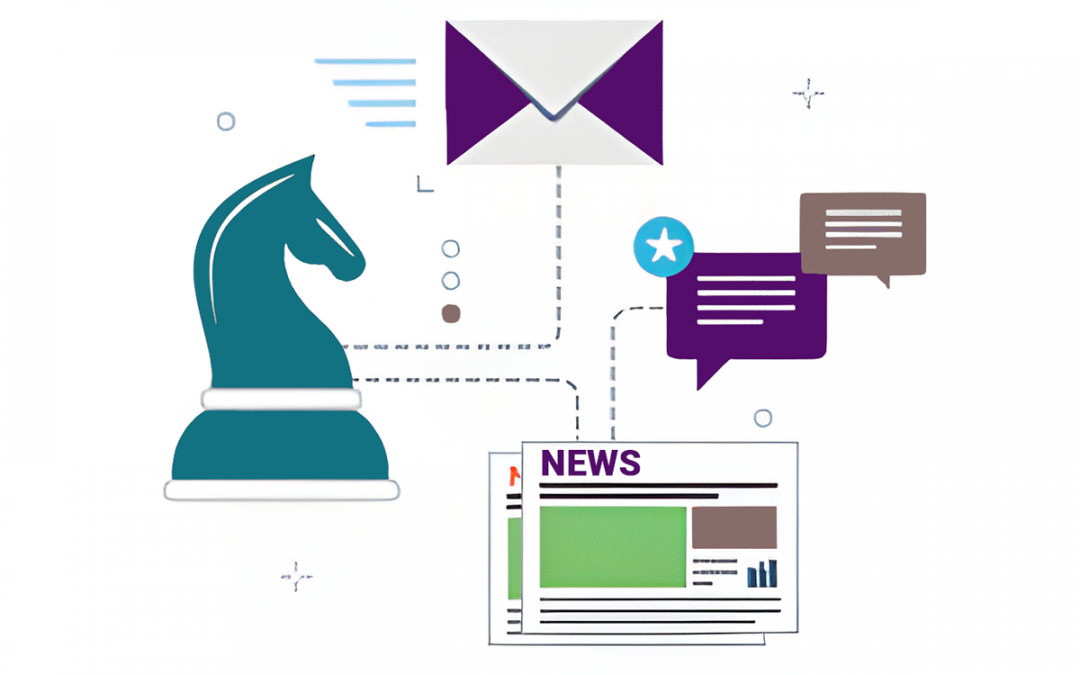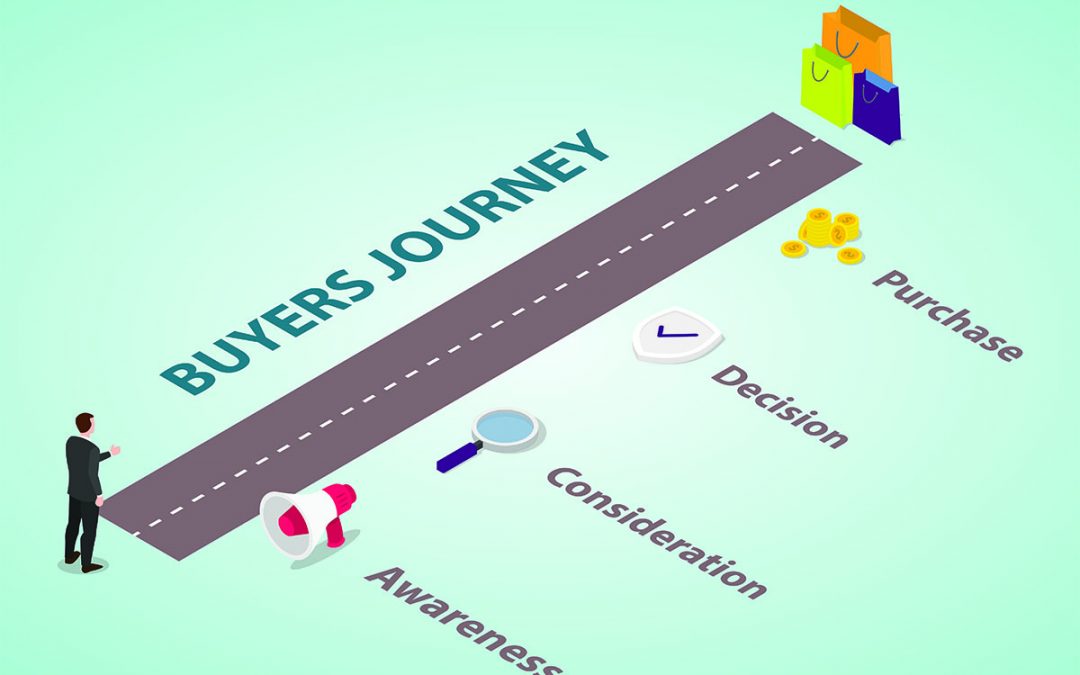Mastering Website Design: Tailoring Experiences for Higher Conversions
Sept 1, 2008
Knowledge is power. The more you understand your customers, the more visitor conversions you’ll have.
In the world of digital marketing, it’s clear that a one-size-fits-all approach doesn’t work. Just as not everyone can wear the same clothing size, not everyone who visits your website is a potential customer. Within your target market, there are distinct subsets of prospective customers with specific needs and expectations. To create the best possible user experience, successful websites take these factors into account and tailor their navigation and content accordingly.
While it may not be feasible to identify every individual visitor, creating customer profiles, or “personas,” is a valuable practice. By developing these personas, you can align your website design with the expectations and needs of each visitor type, resulting in higher conversion rates. Understanding the different types of visitors is crucial for any business striving to meet its customers’ needs effectively.
Building Segments
To begin building these profiles, start by segmenting your business. For example, if you provide marketing services for a university, you likely have distinct groups such as new students, returning students, faculty, alumni, non-traditional students, and graduate programs. Similarly, if you’re an accountant, you may have separate customer types for businesses and individuals. For each segment, create a persona that reflects the typical characteristics of prospective visitors: age, occupation, income, internet knowledge, and prospective needs. Armed with this information, you can design the website’s navigation and flow to guide these prospects toward doing business with you.
Address their needs
The first step in this process is to demonstrate to each visitor group that your site caters to their specific needs. Incorporate icons or navigation elements that directly address their interests and concerns. Next, lead them to the relevant information using landing pages tailored to their persona.
Just as you wouldn’t want to sit through a lengthy presentation on air conditioning repair when you’re interested in purchasing a furnace, your visitors don’t want to waste time on irrelevant content. By personalizing the user experience, you can ensure that visitors feel acknowledged and understood, reducing the likelihood of them leaving your site in search of a more relevant alternative.
Once you’ve guided visitors to the appropriate information, it’s crucial to address their questions and concerns. Provide supporting evidence that reinforces their decision to choose your company. This can include customer testimonials, awards, security seals, and privacy information. By preemptively addressing common questions or objections on your site, you demonstrate that you understand their specific needs and can offer the solutions they seek.
Craft your call to action
In any advertising endeavor, it’s essential to clearly communicate the desired action and make it easy for visitors to take that action. Avoid unnecessary steps or requests for intrusive information that could hinder their progress. Include a contact form, prominently displayed contact information, and an email address in a strategic location, enabling people to get in touch without extensive searching.
Of course, these are only broad stages of the website design process. Remember that it’s crucial to identify your potential customers to develop a tailored plan for your site.
If your website is already established, you may need to make adjustments based on web analytics data, which can reveal problem areas and help you test and refine your changes.
Knowledge is power, and the more you understand your customers, the more effective your website will be in converting visitors into customers.
More Dia-Blogging

Why a Marketing Campaign Isn’t Just an Email
When in doubt, name your campaign after the goal and period — not the tacticYou’ve Been Asked to...

Sequences vs. Marketing Emails in HubSpot
Sequences look like human-sent messages and often inbox betterWhat Most Teams Get Wrong (and How...

Spot Buyers Before They Raise Their Hand – Here is How
November 16, 2025You decide which signals matter for your businessWhat Is Buyer Intent? Buyer...
Digital Diablog
Subscribe here for updates!


